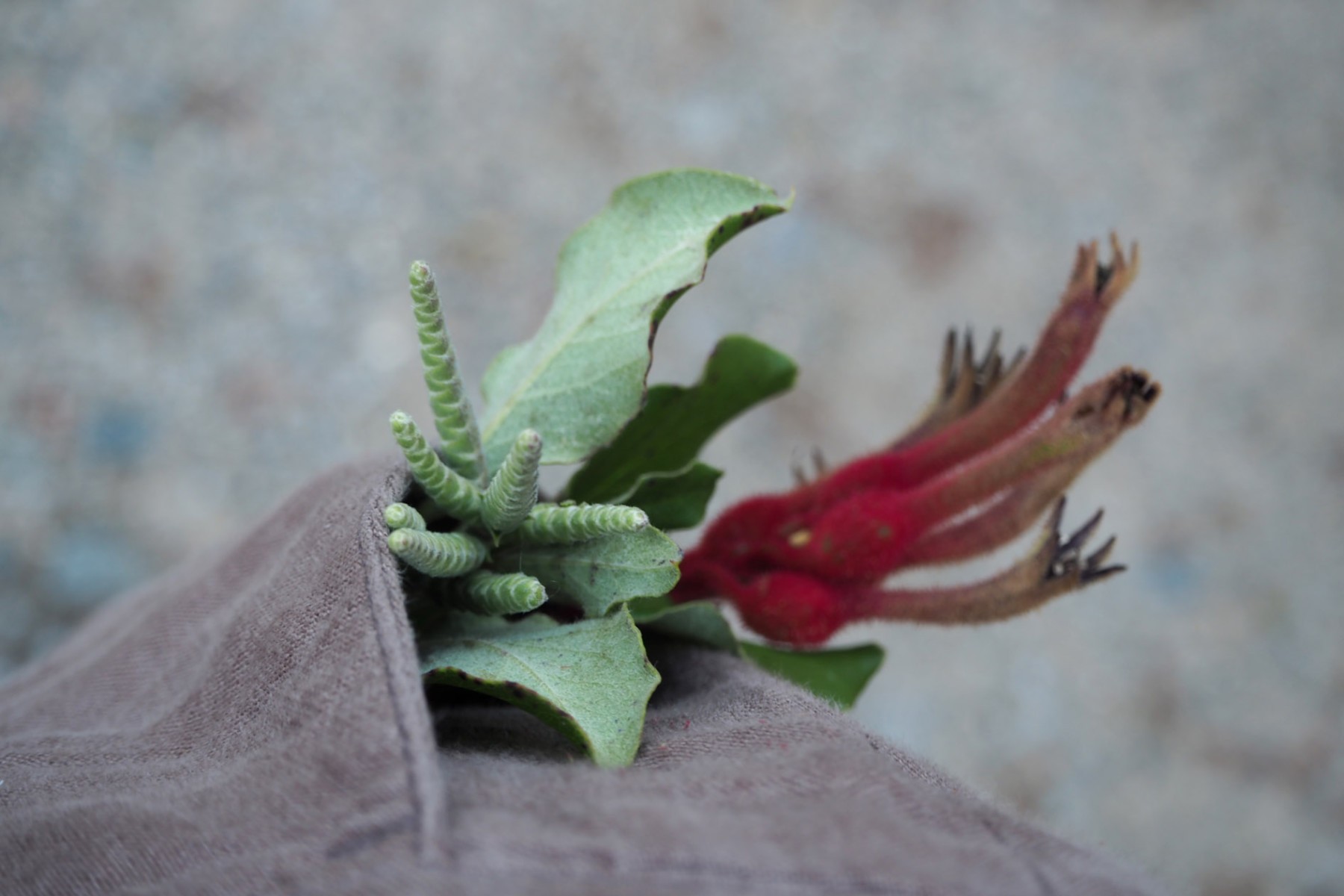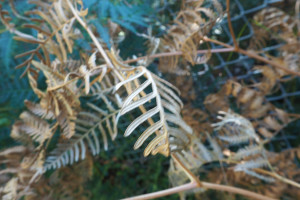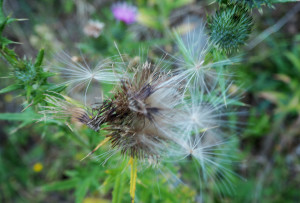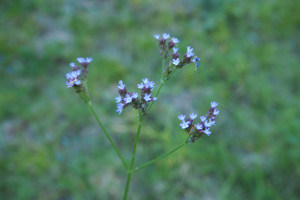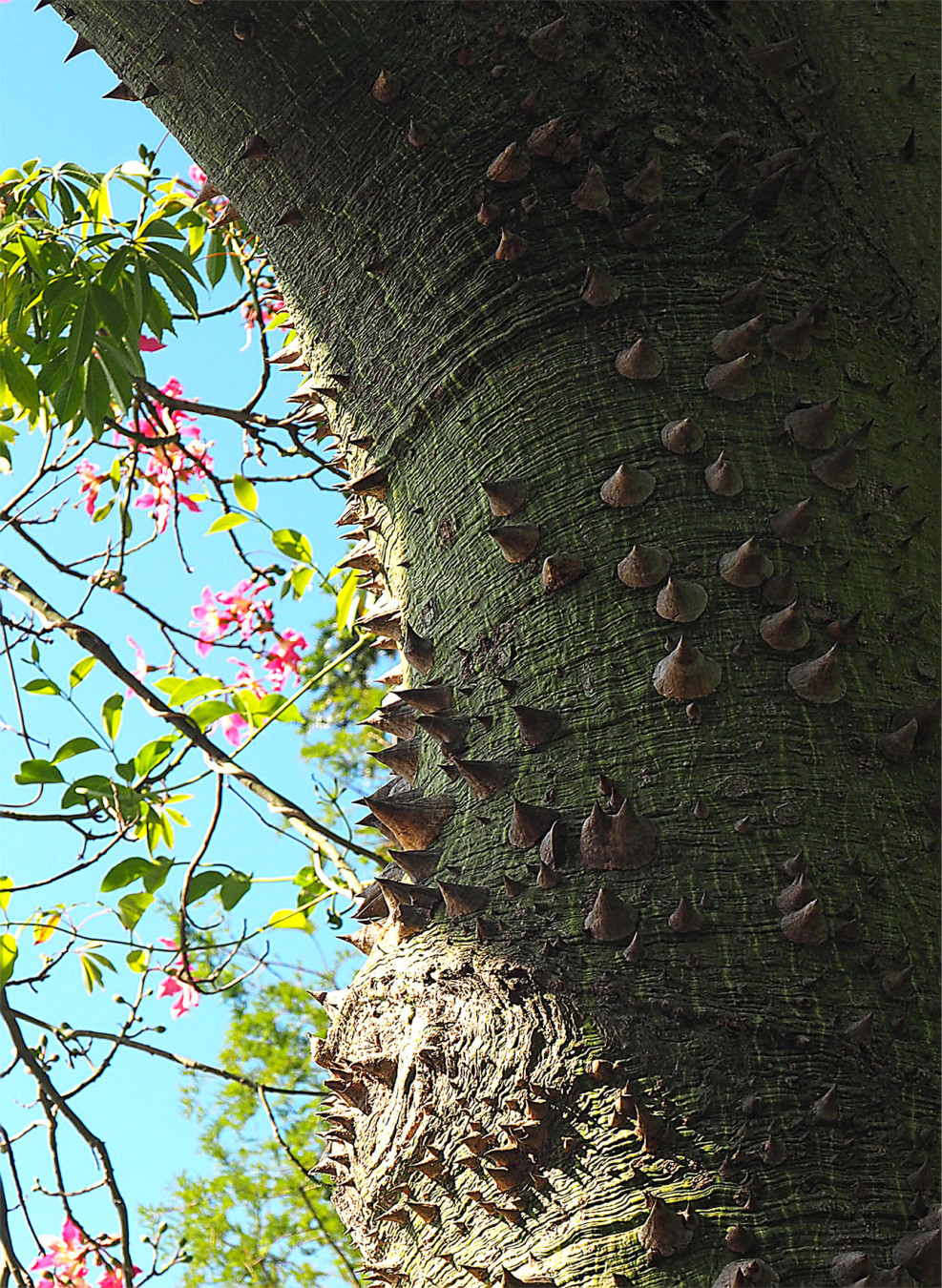 Der Florettseidenbaum, gehörig zur Familie der Malvengewächse, Unterfamilie Wollbaumgewächse, verblüfft durch einen ausgesprochen wehrhaften Stamm… und Unmengen handgroßer pinker Blüten. Dieser hier begegnete mir im Royal Botanic Garden in Melbourne.
Der Florettseidenbaum, gehörig zur Familie der Malvengewächse, Unterfamilie Wollbaumgewächse, verblüfft durch einen ausgesprochen wehrhaften Stamm… und Unmengen handgroßer pinker Blüten. Dieser hier begegnete mir im Royal Botanic Garden in Melbourne.
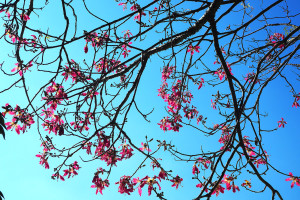
Es bleibt vielleicht zu erklären warum “Wollbaum” und erwähnenswert, dass der Stamm auch sehr bauchig werden kann, weil Wasser zu speichern vermag… (Interessierte können es aber auch selbst nachschlagen).
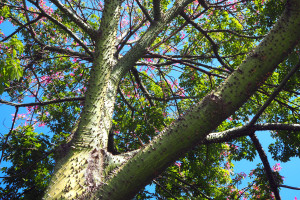
Australisch ist er ebensowenig wie die antarktische Buche, die mich wundern ließ, wie es denn Buchen am Südpol geben könne. Aber es ist ja auch eine “Scheinbuche” (Nothofagus antarctica), ordentlich eingereiht in die Familie der Scheinbuchengewächse und den “Buchenartigen” zugeordnet. Beide stammen ursprünglich aus Südamerika… und antarktisch meint hier der südlichen Halbkugel zugeordnet.
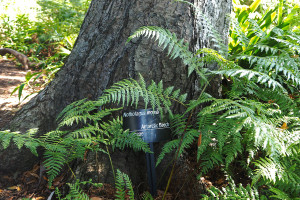
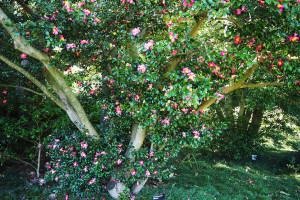
Unmöglich lässt sich die Fülle der Pflanzen in einem kurzen Eintrag wiedergeben, noch dazu, wo eigentlich Staunen viel schöner ist als Wissen…
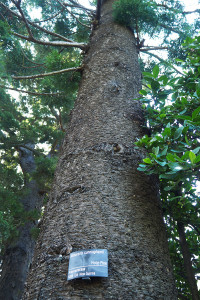
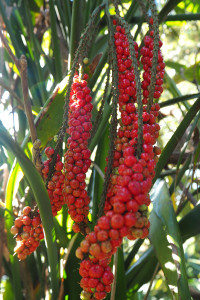
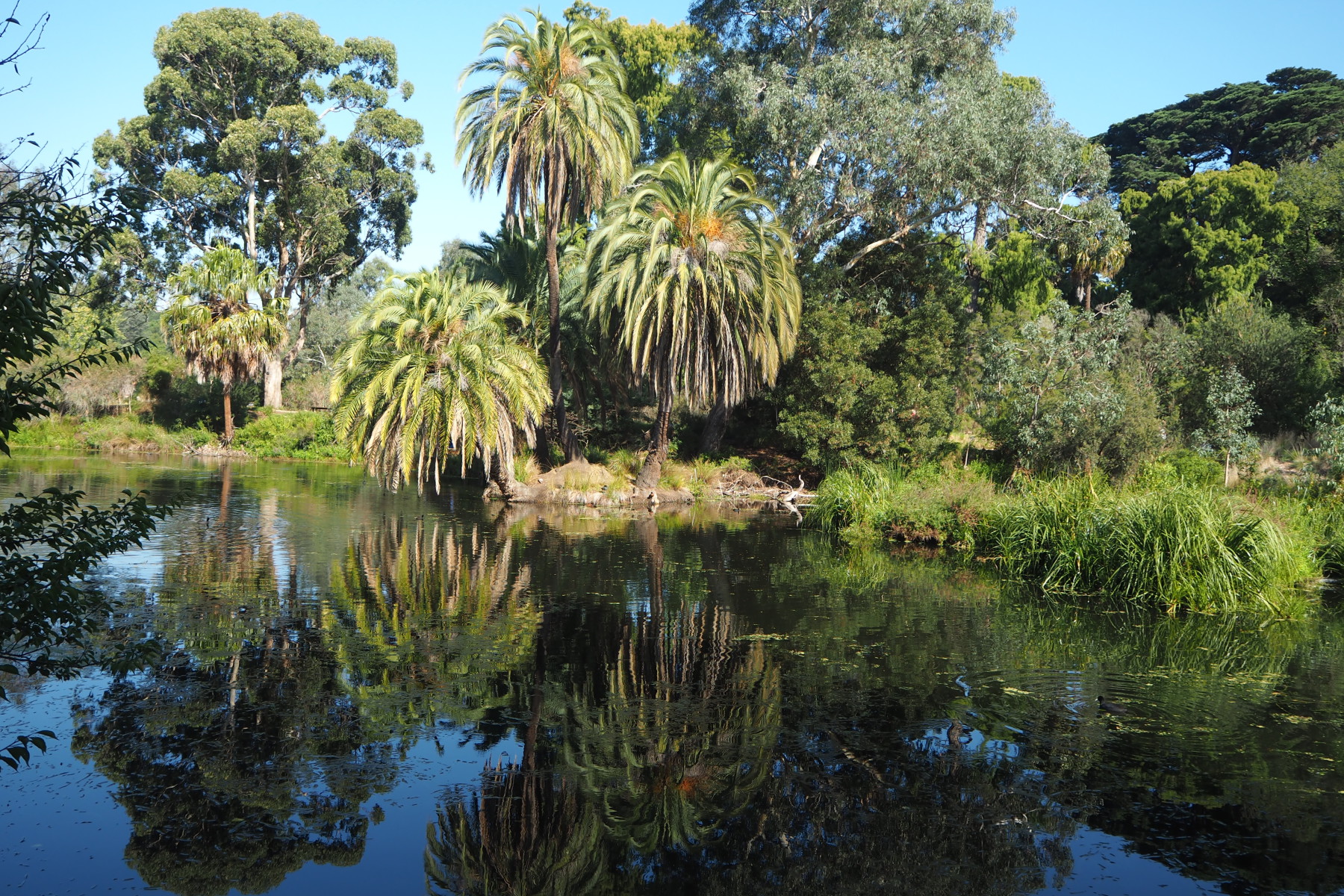
Der botanische Garten Melbournes ist ausgedehnt, sehr gepflegt und gewährt freien Eintritt. Er beherbergt außerdem eines der größten Herbarien der Welt, doch dazu später.
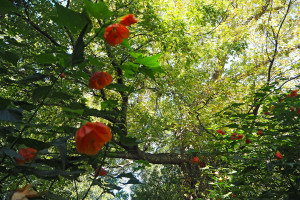
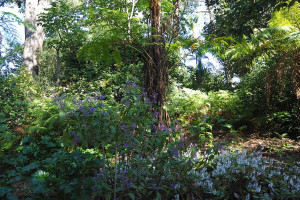
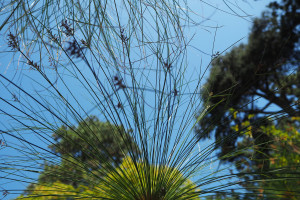
Obwohl in Melbourne fast kein Vorgarten ohne (englische) Rosen auskommt, haben sie im botanischen Garten eher Seltenheitswert. Es gibt einen umrankten Pavillion, dessen schattige Basis ganzen Büscheln von Aronstab Heimat bietet und einen kleinen, eher abgeschlagenen liegenden Parcours.
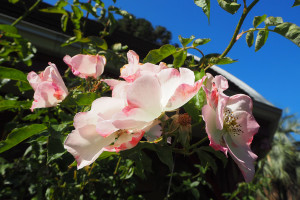
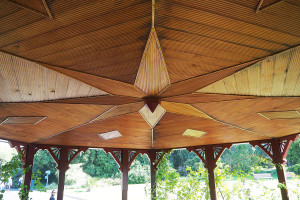

Das Augenmerk liegt – dem Klima entsprechend – auf Nachgestaltungen australischer (Wald)landschaften und pazifisch/asiatischer/afrikanischer Habitate sowie auf Sammlungen zu einzelnen Pflanzenfamilien: Kamelien, Clematis, Farne oder auch Eichen, Eukalyptus und Bambus.
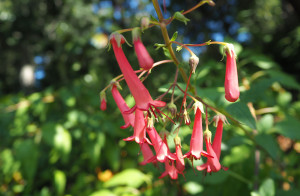
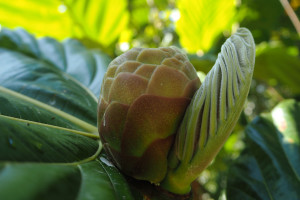
Die Pfade sind gesäumt von vielgestaltigen Schönmalven (Abutilons), Kamelien, Begonien und anderen Gewächsen… um das wenigste zu sagen.
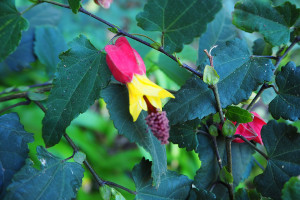
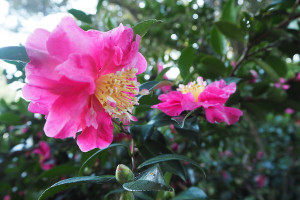
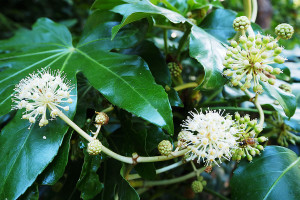
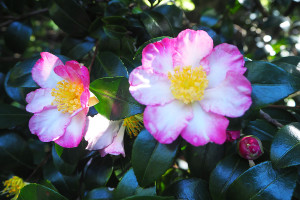
Gelegentlich liegen seltsame Früchte auf dem Asphalt und von fern, später in der Nähe, lassen sich die metallischen kurzen Pfiffe der Glockenhonigfresser (auch Glocken-Schwatzvögel oder eben [Manorina melanophrys) hören.
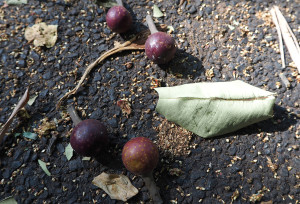
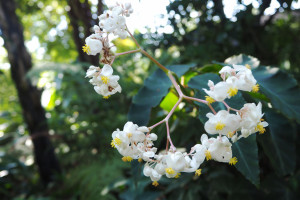
Also alles sehr idyllisch, vor allem früh morgens, wenn die Touristen noch schlafen. Hier noch einige Ansichten mehr – sowie die blaueste Blume von allen.


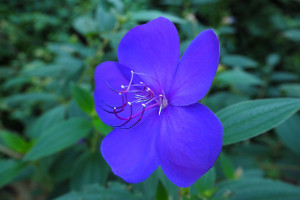
Read More
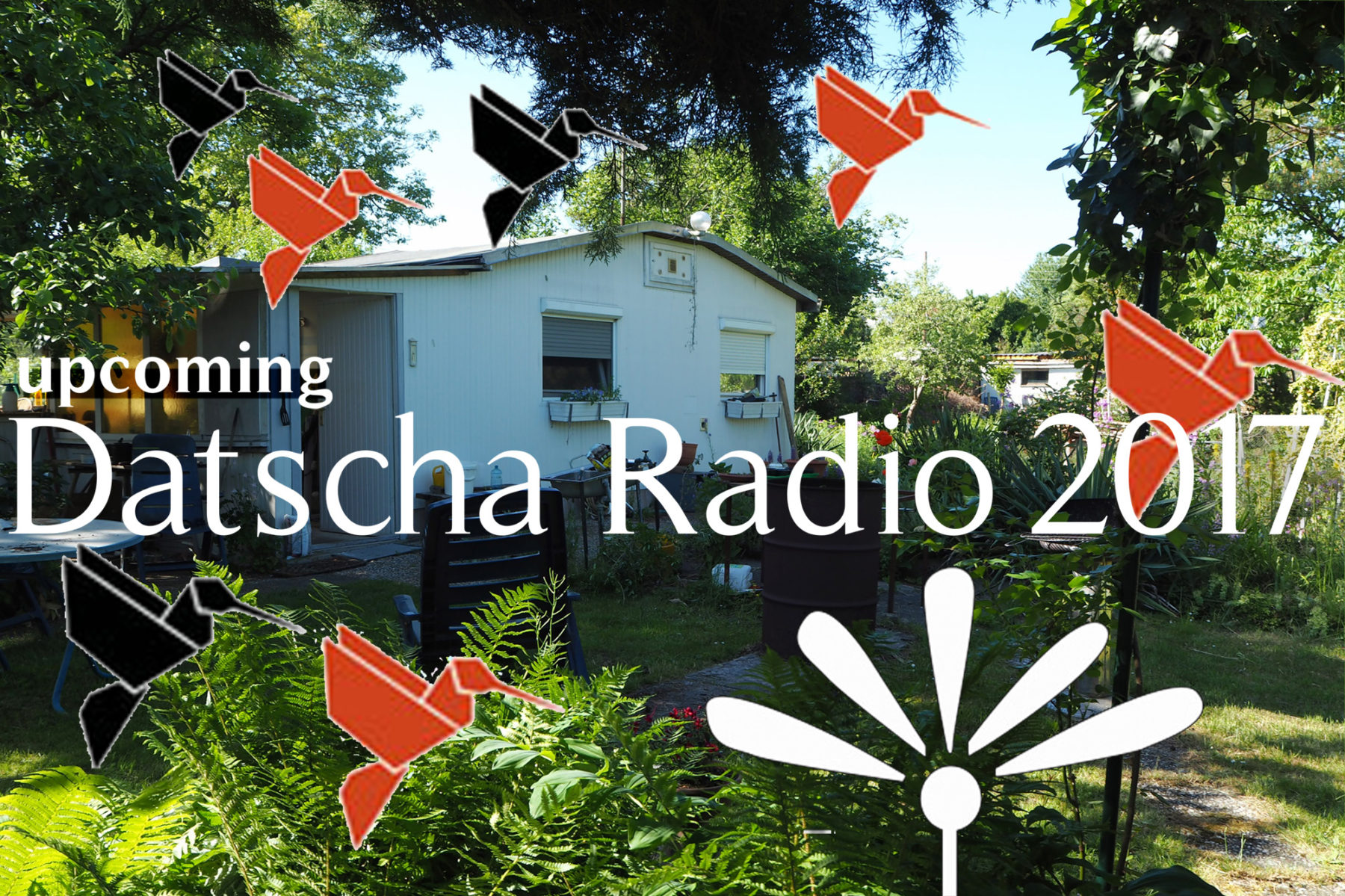
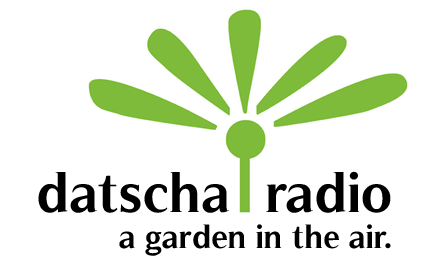
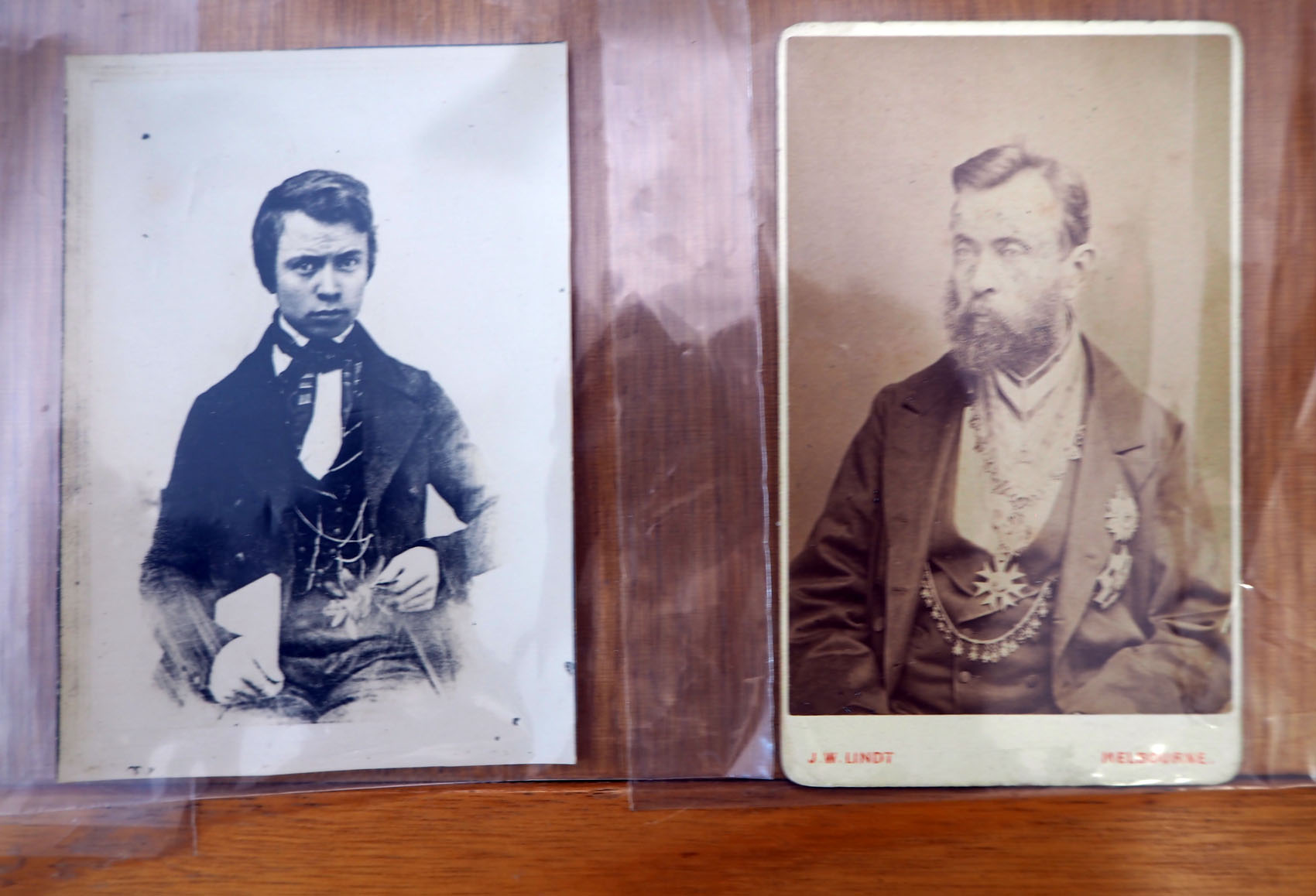
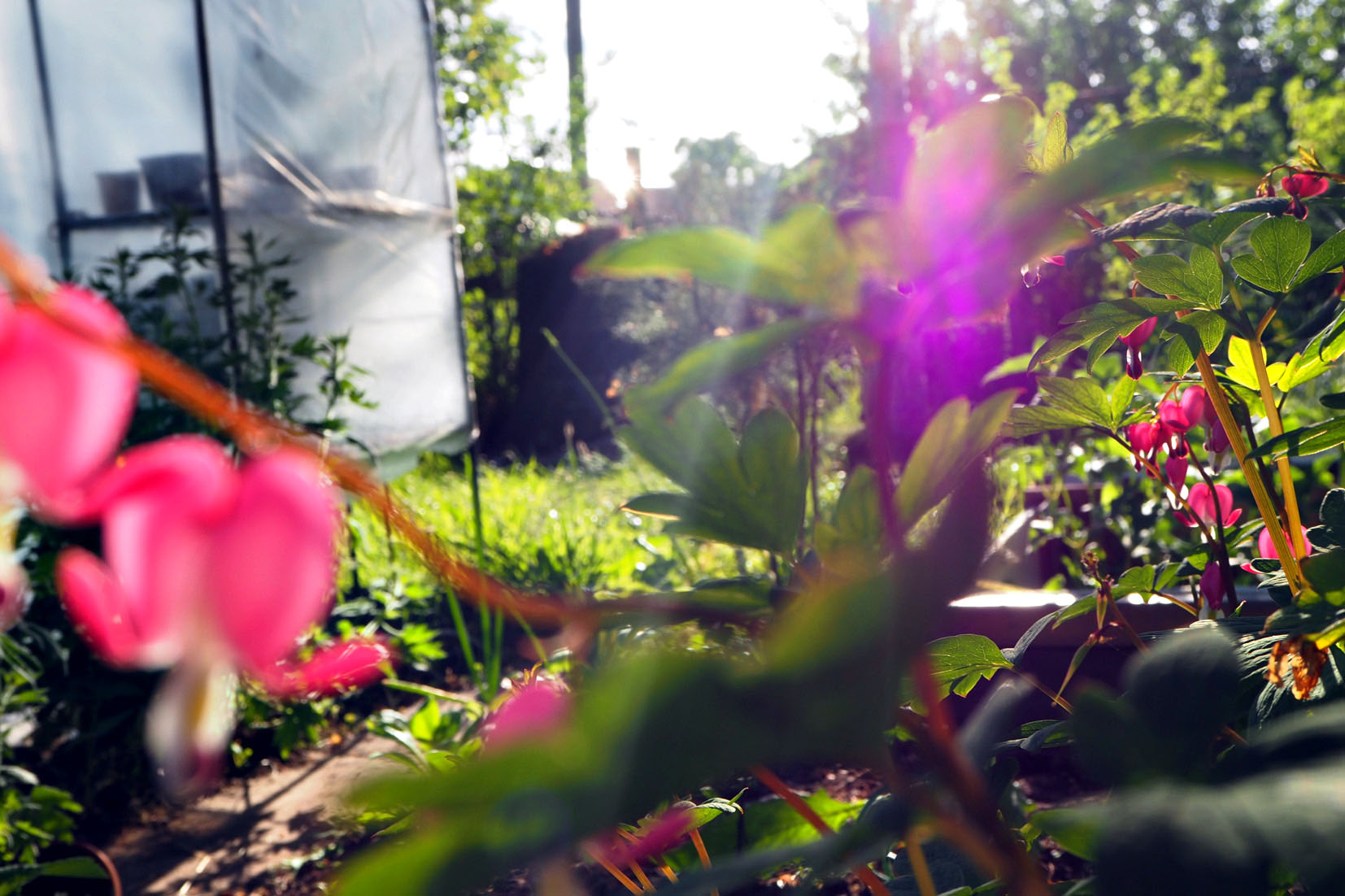












 Der Florettseidenbaum, gehörig zur Familie der Malvengewächse, Unterfamilie Wollbaumgewächse, verblüfft durch einen ausgesprochen wehrhaften Stamm… und Unmengen handgroßer pinker Blüten. Dieser hier begegnete mir im Royal Botanic Garden in Melbourne.
Der Florettseidenbaum, gehörig zur Familie der Malvengewächse, Unterfamilie Wollbaumgewächse, verblüfft durch einen ausgesprochen wehrhaften Stamm… und Unmengen handgroßer pinker Blüten. Dieser hier begegnete mir im Royal Botanic Garden in Melbourne.









































